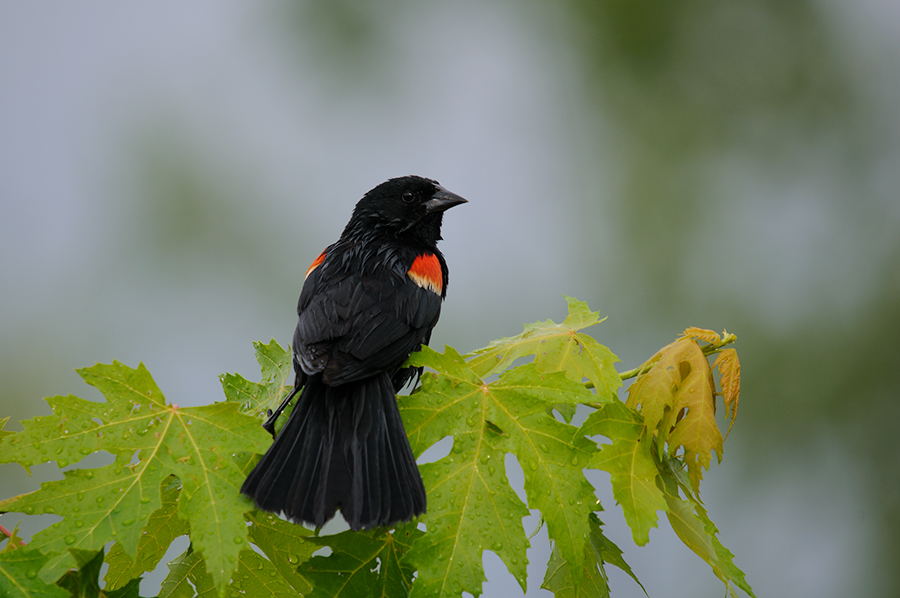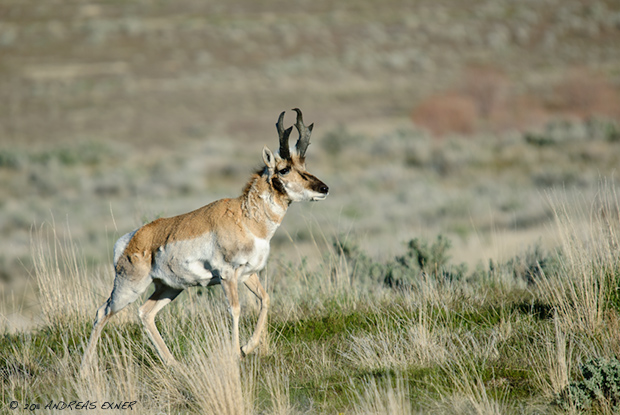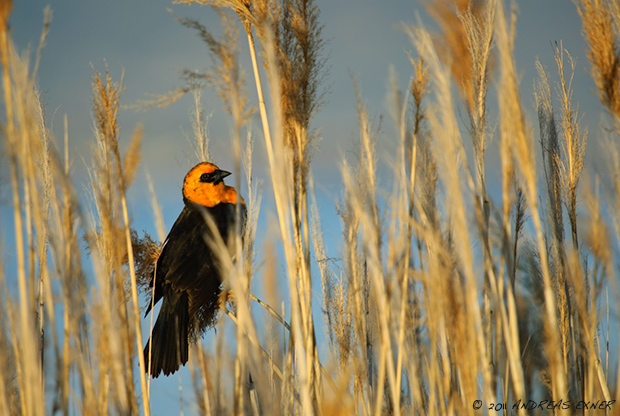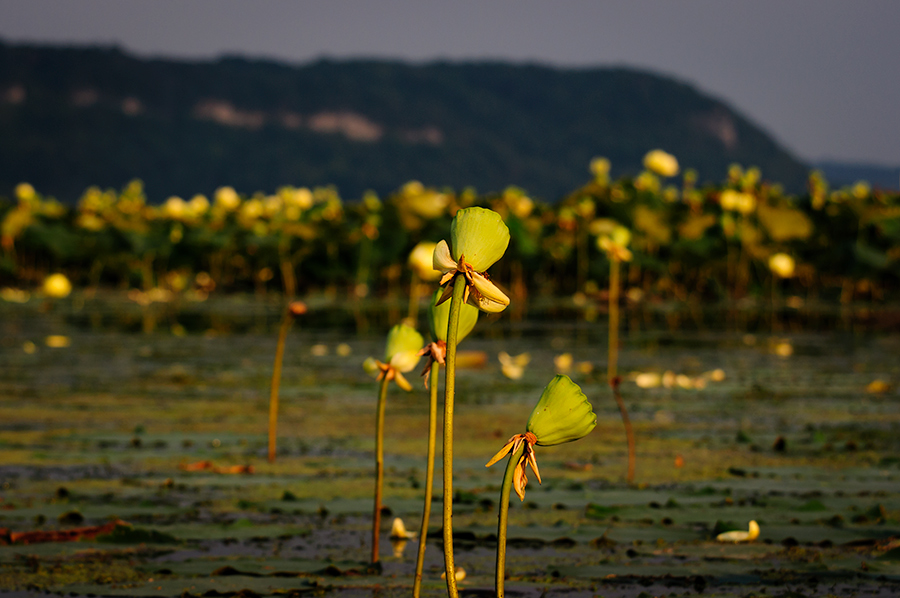
After the adventure with the Bald Eagle (see my post from yesterday) I paddled down the Mississippi River for about an hour. I have never seen the big river so quiet and peaceful as last Monday night. There was almost no wind and only a couple boats passed by in the far distance. The river is here about 2.5 km (~1.5 miles) wide and it almost felt like being on a lake. At my turning point the low sun came out from behind a band of clouds and threw some golden light onto the big patches of water lilies. A levee separates the main channel of the Mississippi from the actual Mud Lake area and it is easy to paddle back to the boat ramp upstream on the other side because there isn't much current.
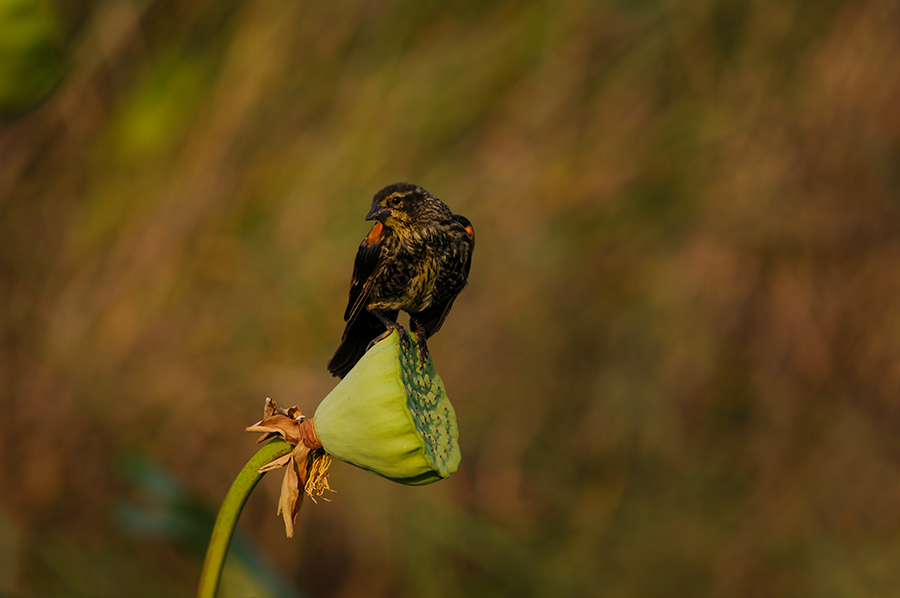
Thousands of Red-winged Blackbirds had already settled for the night and were sitting on the water lilies. There were lots of young birds and I could tell that the Black Birds had a very successful breeding season. You can see the red wing band on this male juvenile blackbird already and it was very impressive to paddle right along these big flocks of birds. They will migrate down south soon and their arrival here in early spring next year will be again the ultimate sign that the winter will be over soon. If you think this was all for the day you are wrong. ;-) The best encounter came a few minutes later. But this will be in part 4 of my little "River Stories", so please stay tuned....

